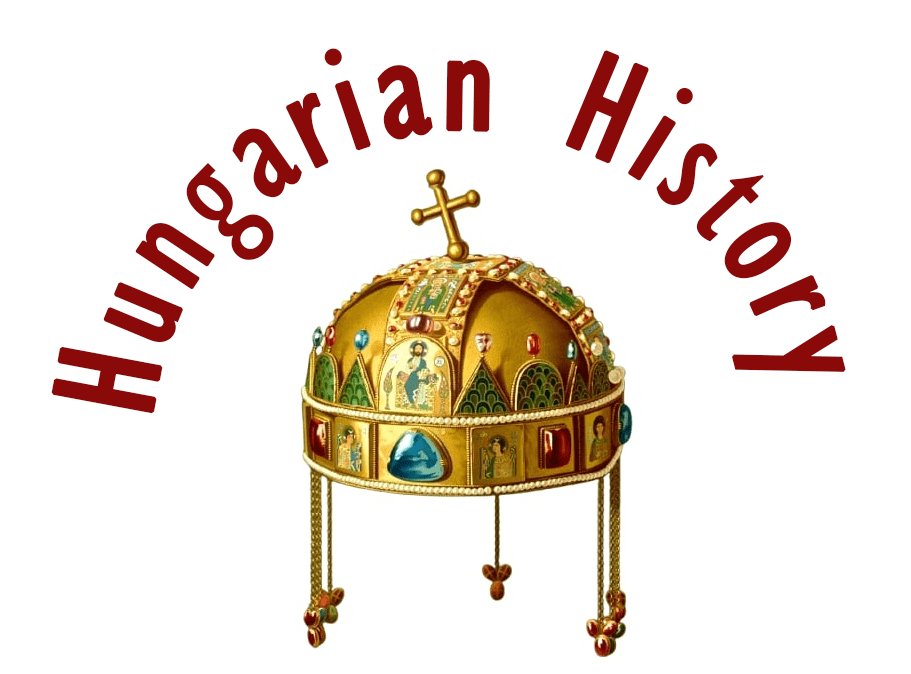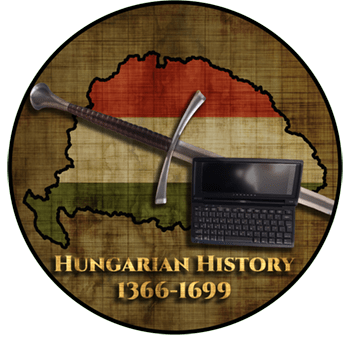
Mártonhegy (Șomartin, Martinsberg, Mirtesbärch) is a village in Transylvania, Romania, in the eastern part of Szeben (Sibiu) County. It belonged to the Kingdom of Hungary until 1918. It was settled by Transylvanian Saxons in the 13th century and was predominantly German until the mid-20th century, but since the 1960s it has been characterized by massive emigration when the dictator sold the Saxons to Germany, and it has lost its German population. Its main attraction is the Romanesque-style Saxon Lutheran Church.

It lies to the north of the Olt Valley, at the foot of the Fogarasi Mountains. It is situated 3 km southwest of Brulya, 4 km southwest by road, and 40 km east of Nagyszeben (Sibiu), the county capital (55 km by road). Together with the villages Brulya, Gerdály, and Kisprázsmár, it forms an area known as Kampestwänkel (Cabbage Corner), where crops thrive.

For most of its history, it belonged to the Nagysinkszék Region (Groß Schenker Stuhl) and was its most southwestern village. It was bordered on the west by Újegyházszék, on the south by Oláhújfalu (an enclave of Felső-Fehér County), and by Földvár, which belonged to the monastery of Kerc. It is now part of the municipality of Brulya, accessible by the county road DJ105A.

It was first mentioned in a document of the Gyulafehérvár Chapter in 1307, in which the boundaries of Földvár were described. The papal tithe register for the years 1332-1335 shows that the parish priest Johannes de Monte Martini paid three tithes in denarii to the pope during these four years.

The next document dates back to 1486 when the border dispute between Mertersperg alias Mons Martini (Mártonhegy) and Newdorff alias Uyfalw (Oláhújfalu) was recorded. Among those present were the mayor of Nagyszeben (Sibiu), Thomas Altemberger, the mayor of Segesvár, Michael Polner, and the royal magistrates of Szászváros and Szászsebes. This is the first written record of the German name of the village.

In 1488 there were 16 farmsteads in the village, as well as a shepherd, a miller, and a schoolmaster (who were exempt from taxes). This indicates that Mártonhegy already had a school, and at that time it was the smallest village in Nagysinkszék Region with its own school. In 1532 there were already 34 families, so in a few decades, the village had more than doubled in size. In the 16th century, there were several border disputes with Brulya (1543, 1544), Földvár (1568), Fófeld (1569), and Oláhújfalu (1594).

The church, dedicated to St. Martin, was originally a three-nave Romanesque basilica with a western tower. The fortification of the church dates back to the 15th-16th centuries when several modifications were made inside the church.

In 1520, Nagyszeben (Sibiu) donated ten forints for the fortification of the church, in 1539, two towers, in 1552, eight forints, in 1554, another ten forints specifically for the construction of fortifications, and in the following year, six forints for the purchase of lead and gunpowder for the defense of the church fortress. During the Reformation the church became evangelical. In the 18th century, it was rebuilt and the aisles were extended. The fortifications and watchtowers were demolished in the second half of the 19th century.

The Romanians began to settle after 1700 after the Saxons had given part of the land to Constantin Brâncoveanu. The first Romanians moved to Mártonhegy from Feleki and Móra. Romanian education was first mentioned in 1852. The population of the village remained stable between 1850 and 1956 (around 1200 people, two-thirds of whom were German), but then began to decline. In 1977 there were 722 inhabitants, and in 1992 324 (at that time the percentage of Germans was only 20%).

The village is dominated by the Evangelical Church, which stands on a hill in the heart of the village. Nothing has survived of the surrounding wall, but the church still gives the impression of a fortified building with its huge tower and massive buttresses.

The name Mühlgasse (Mill Street) is said to refer to a 16th-century mill, and Fließgasse (Blood Street) to a hostile invasion when the Turks massacred the villagers.
I recommend you to read the story of the traveler, Albrecht Köllner. He traveled the world, and returned to his native Germany, but finally decided to settle with his family in Mártonhegy / Martinsberg. He bought a dilapidated village house and restored it using traditional and ecological materials. Fortunately, there are more and more people like him, Romanians or foreigners, and the grey landscape of the deserted villages seems to be getting colorful.

Source: the Hungarian Wikipedia, and Tudor Duica
Dear Readers, I can only make this content available through small donations or by selling my books or T-shirts:
Please, support me with a coffee here, it is a kind of one-time donation: https://www.buymeacoffee.com/duhoxoxa
You can check out my books on Amazon or Draft2Digital, they are available in hardcover, paperback, or ebook:
https://www.amazon.com/dp/198020490X or at https://books2read.com/b/boYd81

My work can also be followed and supported on Patreon: Become a Patron!http://Become a Patron!
[wpedon id=”9140″]

Here are a few more pictures of Mártonhegy:




























